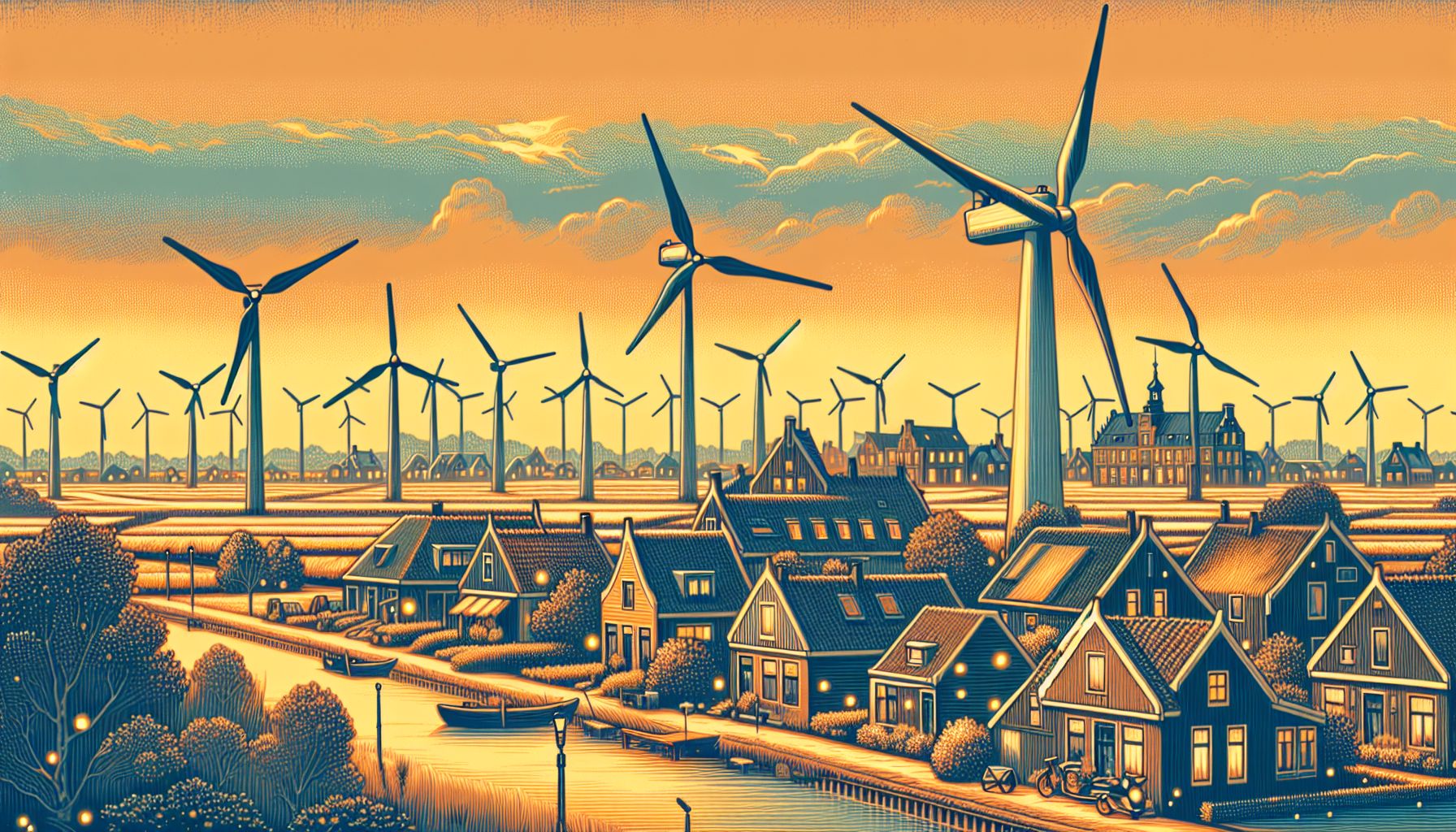Dutch Wind Energy Innovation Slashes Household Power Bills

Amsterdam, Monday, 2 September 2024.
Innovative wind energy solutions in the Netherlands are significantly reducing electricity costs for consumers. Households can cut their energy consumption by up to 30%, while businesses report over 40% savings after installing wind turbines. This shift towards renewable energy is not only economically beneficial but also contributes to a more sustainable future.
Technological Advancements in Wind Energy
Technological advancements in wind turbine design have been pivotal in driving down energy costs. Modern wind turbines are more efficient, capable of generating higher energy outputs with lower operational costs. This efficiency translates into direct savings for consumers. Additionally, subsidies and incentives provided by the Dutch government have made it more accessible for households and businesses to adopt wind energy solutions[1].
Impact on Households and Businesses
For households, the shift to wind energy can reduce monthly electricity consumption by up to 30%, as shown by recent statistics. A typical household that consumes approximately 250 kWh per month can see a significant reduction in their energy bills by integrating wind energy into their power sources[1]. Businesses, especially those that have installed wind turbines, report even more substantial savings, often exceeding 40% in energy costs. These savings are not just confined to reduced energy bills but also include lower maintenance and operational expenditures due to the enhanced reliability and efficiency of modern wind turbines[1].
Community and Environmental Benefits
Some Dutch communities have managed to cut their total energy costs by up to 50% thanks to wind energy. This has been a game-changer, particularly in rural areas where energy costs can be disproportionately high. Beyond the economic benefits, wind energy significantly reduces reliance on fossil fuels, thereby decreasing the community’s carbon footprint. The environmental impact is profound, with reductions in greenhouse gas emissions contributing to improved air and water quality[1].
Global Leaders Driving Innovation
Companies like Vestas and Ørsted are at the forefront of this green revolution. Vestas, headquartered in Denmark, designs, manufactures, installs, and services wind turbines globally, including in the Netherlands[2]. Ørsted, a Danish company, has been instrumental in the global expansion of offshore wind energy, providing both onshore and offshore wind solutions[3]. These companies are not only innovating in wind turbine technology but are also actively involved in creating comprehensive green energy infrastructure, making wind energy a cornerstone of the future energy landscape.
Future Prospects and Job Creation
The surge in wind energy adoption is also creating new job opportunities. Higher investments in renewable energy projects stimulate job creation, particularly in the engineering, manufacturing, and maintenance sectors. Educational institutions, such as Cowley College in the United States, are preparing the next generation of wind energy technicians, ensuring a skilled workforce to support the growing industry[4]. As the global demand for clean energy continues to rise, the Netherlands is well-positioned to benefit both economically and environmentally from its investments in wind energy.

